Lizards are among the most diverse and fascinating creatures on the planet, inhabiting a variety of ecosystems from dense rainforests to arid deserts. Some species, however, are incredibly rare, often teetering on the brink of extinction due to habitat loss, climate change, and human activities. This article explores the 16 rarest types of lizards in the world, highlighting their unique characteristics, habitats, and the conservation efforts needed to ensure their survival.
Psychedelic Rock Gecko (Cnemaspis psychedelica)
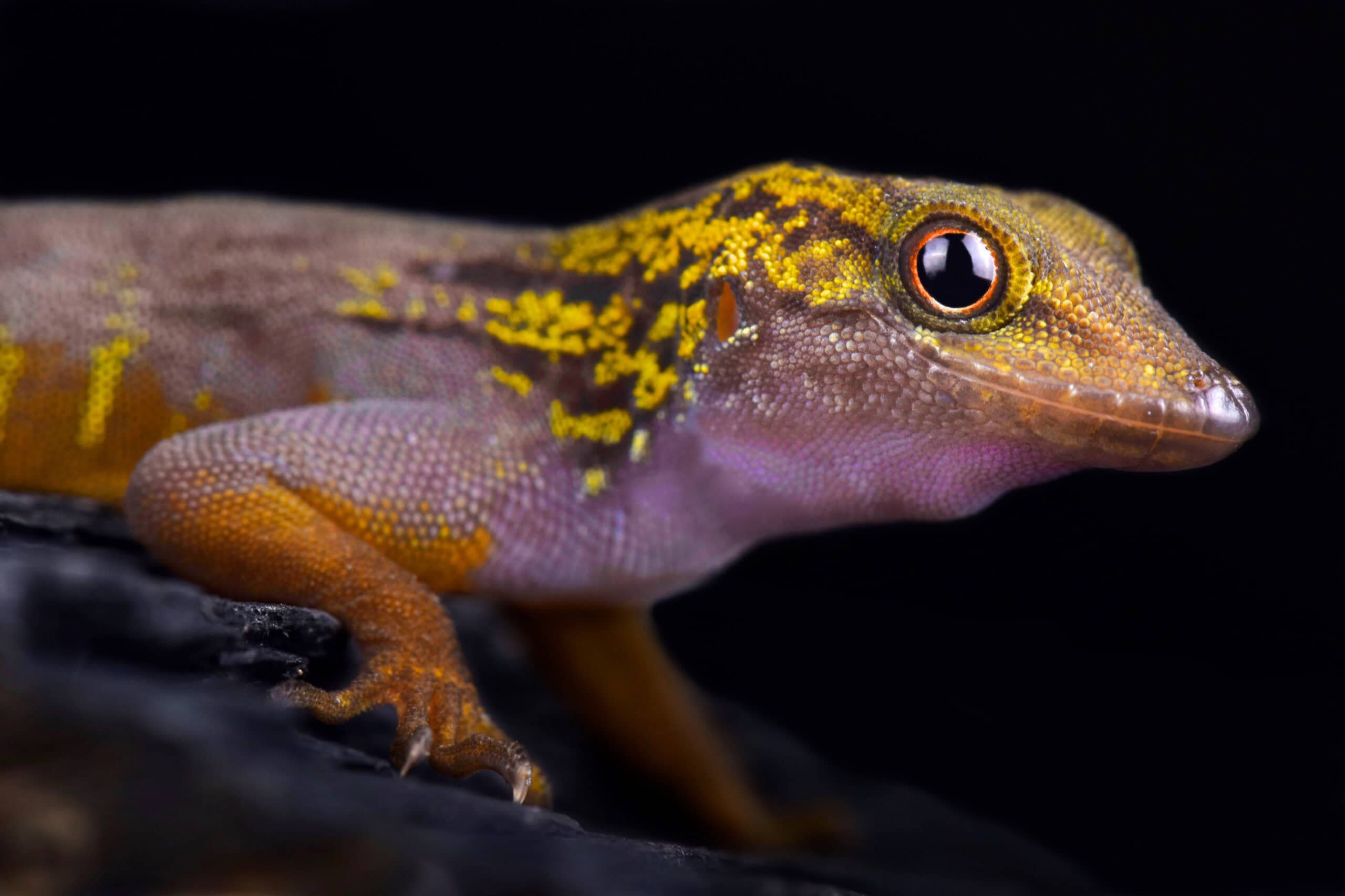
The Psychedelic Rock Gecko, found exclusively on a few small islands off the coast of Vietnam, is notable for its vibrant, almost surreal coloration. Sporting a palette of bright oranges, yellows, and blues, this species has become highly sought after in the illegal pet trade. Unfortunately, its limited range and ongoing habitat destruction have pushed it to the brink of extinction, making it one of the rarest lizards on the planet.
Komodo Dragon (Varanus komodoensis)
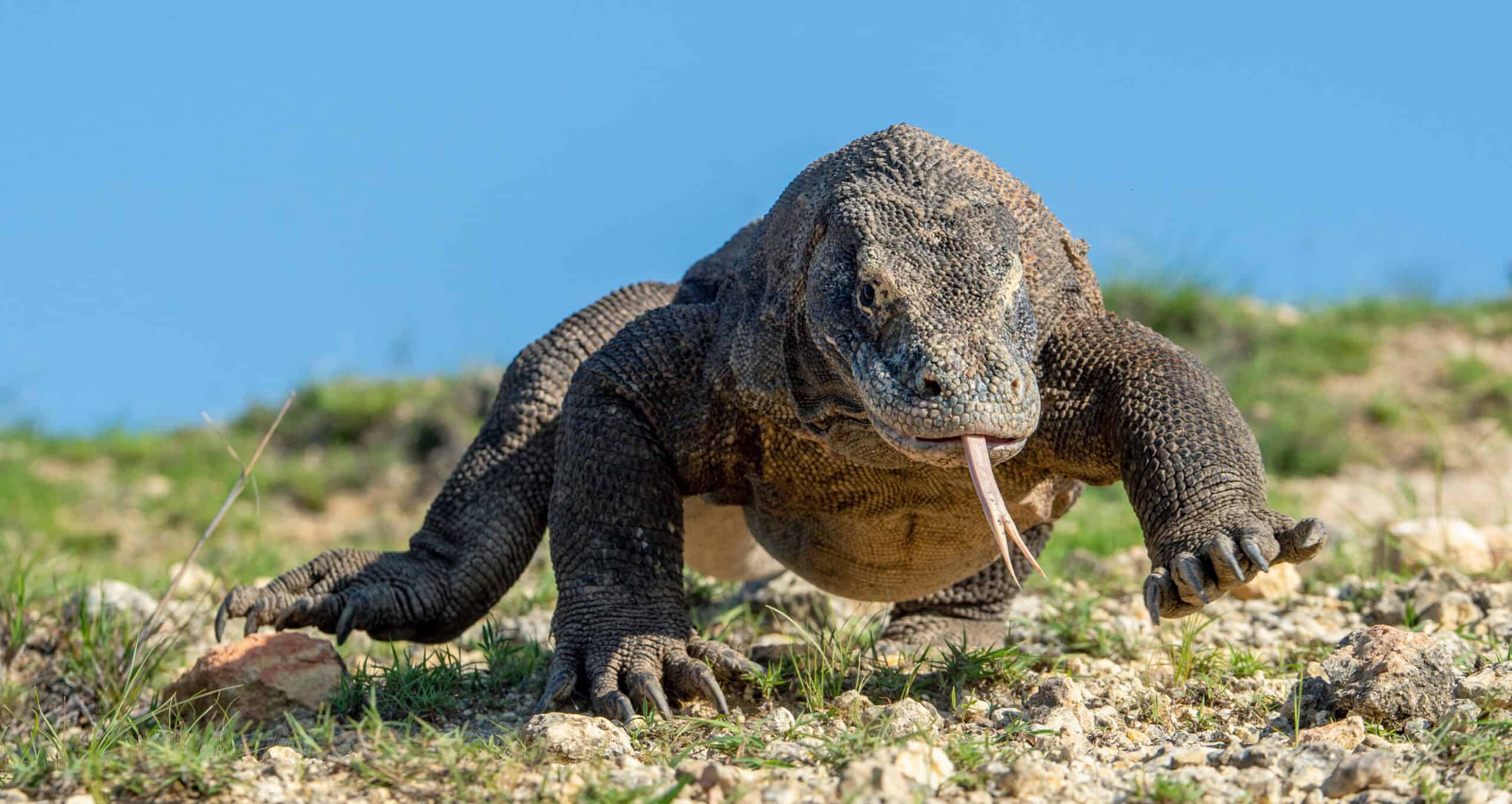
While not the most endangered, the Komodo Dragon is certainly one of the rarest due to its restricted habitat. Found only on a few Indonesian islands, these giant lizards are the largest in the world, capable of growing up to 10 feet long. Their size and strength, combined with a venomous bite, make them formidable predators, but habitat loss and human encroachment continue to threaten their survival.
Guatemalan Beaded Lizard (Heloderma charlesbogerti)
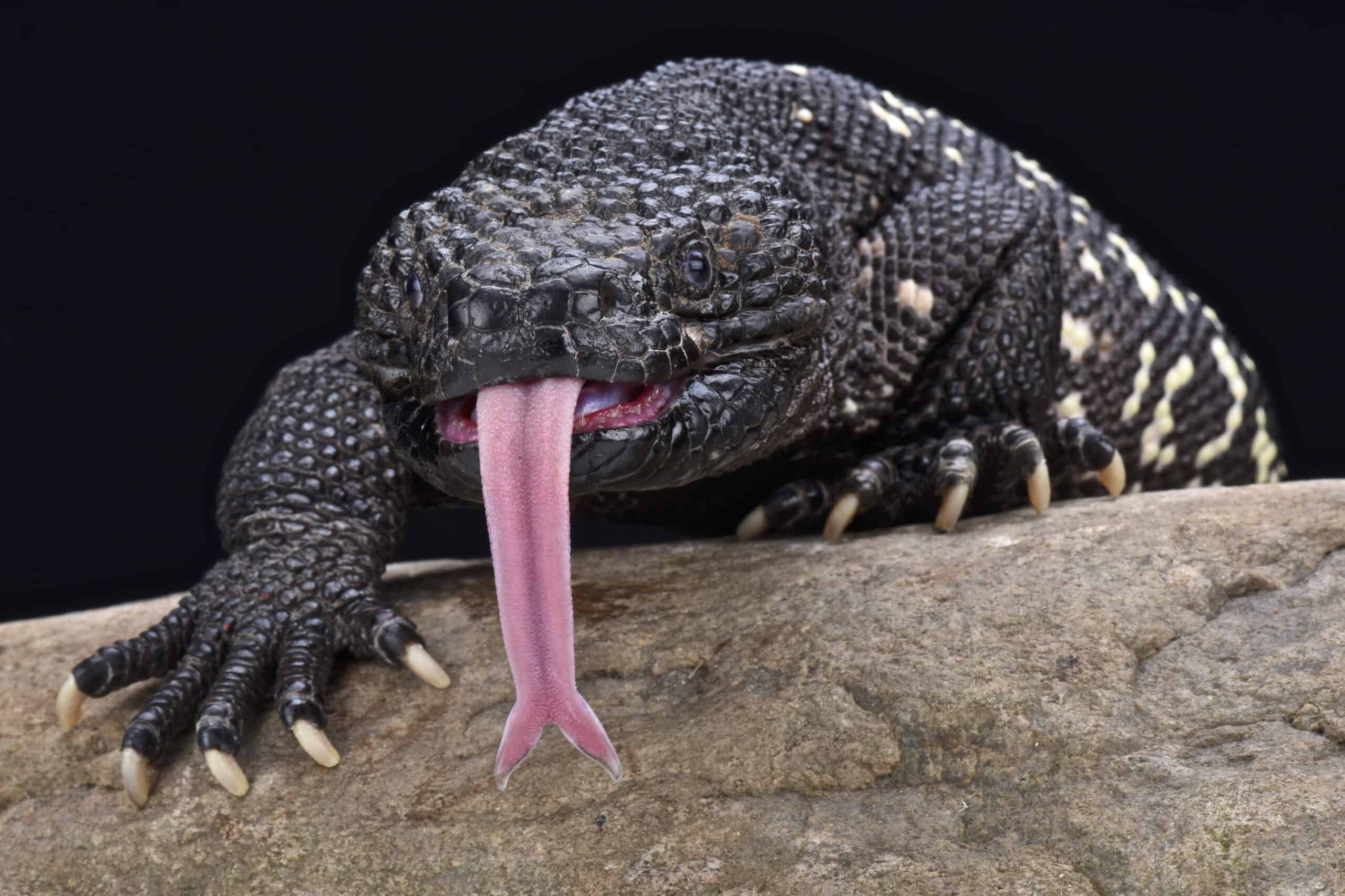
Endemic to the dry forests of Guatemala, the Guatemalan Beaded Lizard is a venomous species closely related to the Gila Monster. Characterized by its beaded skin and dark coloration, it is critically endangered, with fewer than 200 individuals believed to remain in the wild. Habitat destruction and illegal collection for the pet trade are the primary threats to its survival.
Jamaican Iguana (Cyclura collei)
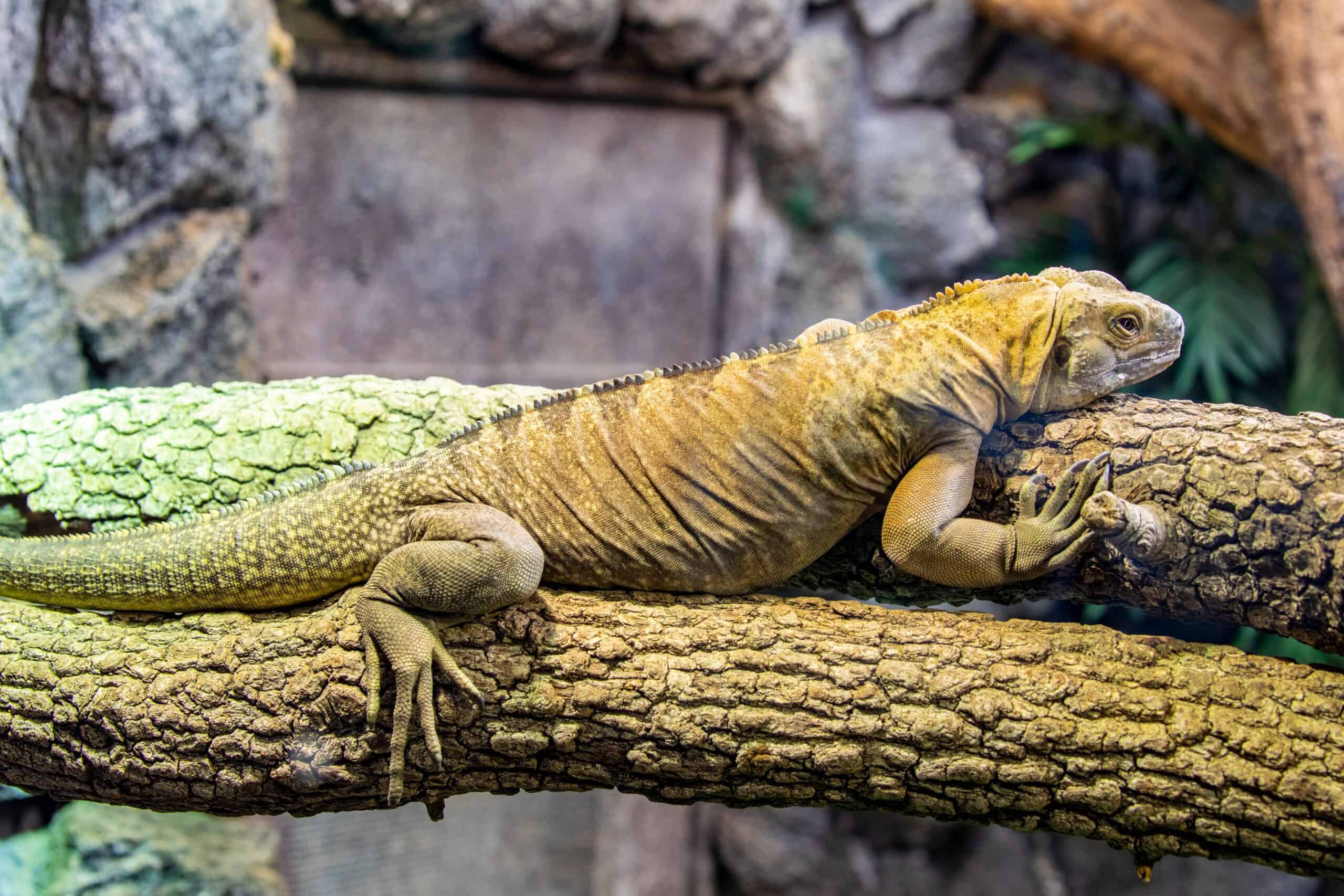
Once thought to be extinct, the Jamaican Iguana was rediscovered in 1990 in the remote Hellshire Hills of Jamaica. It is a large, herbivorous lizard with a unique blue-green coloration. Conservation efforts have been somewhat successful, but the species remains critically endangered due to habitat loss and predation by introduced species like mongooses and feral cats.
Pygmy Blue-Tongue Lizard (Tiliqua adelaidensis)
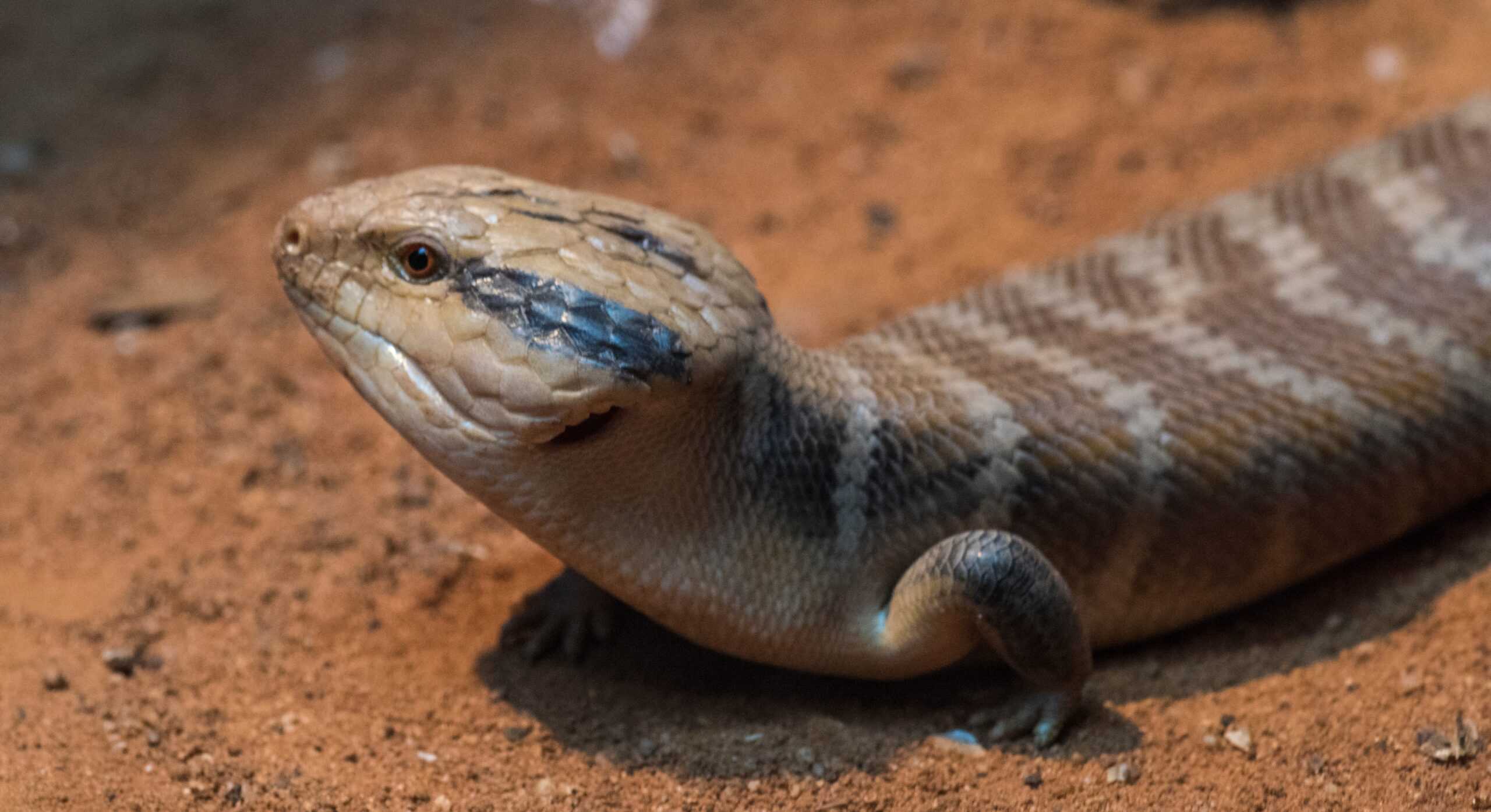
Native to South Australia, the Pygmy Blue-Tongue Lizard was presumed extinct until its rediscovery in 1992. This small, burrowing lizard is characterized by its distinctive blue tongue, which it uses to deter predators. Its population is currently estimated to be around 5,000 individuals, but habitat fragmentation continues to pose a significant threat to its survival.
Fiji Banded Iguana (Brachylophus fasciatus)
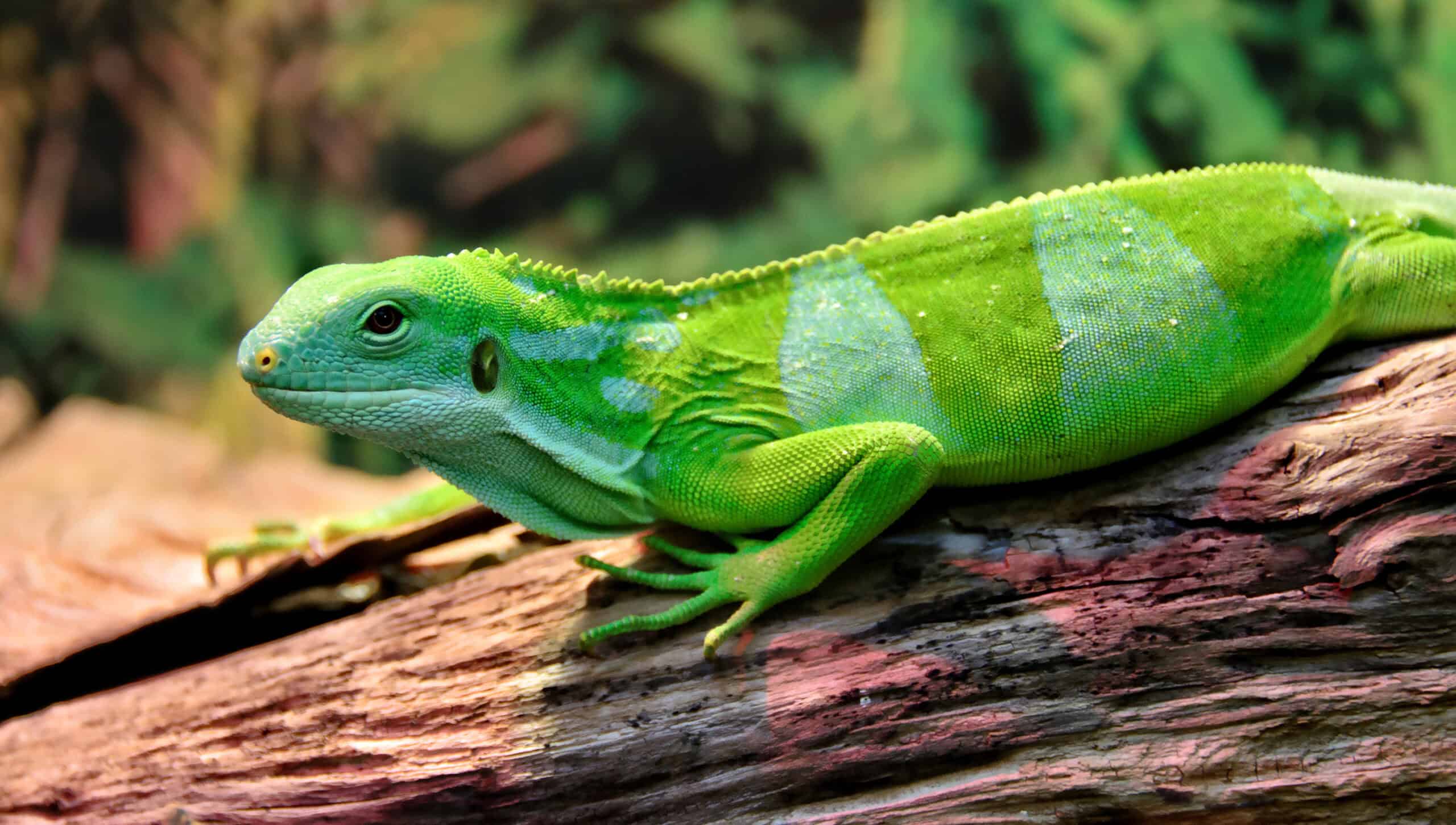
Endemic to the islands of Fiji, the Fiji Banded Iguana is known for its striking green body adorned with broad, vertical stripes. This arboreal species is critically endangered, with habitat loss and introduced predators contributing to its decline. Conservation programs are in place to protect this unique iguana, but its population remains precariously low.
Round Island Day Gecko (Phelsuma guentheri)
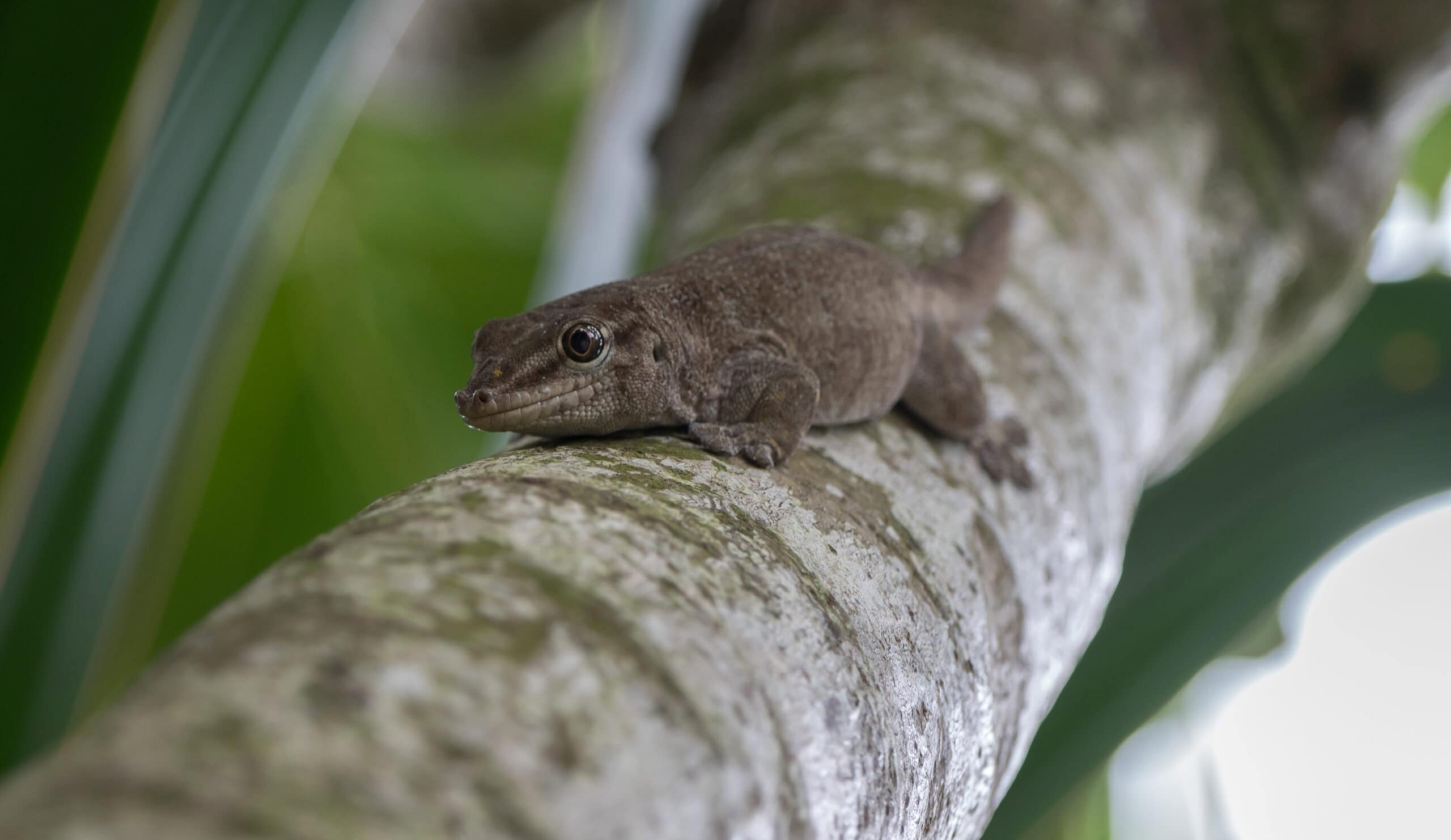
Found only on Round Island off the coast of Mauritius, the Round Island Day Gecko is a small, vividly colored lizard that spends most of its time in trees. It is critically endangered, primarily due to habitat degradation and the introduction of non-native species. Efforts to restore its habitat have seen some success, but the species remains vulnerable.
Thorny Devil (Moloch horridus)
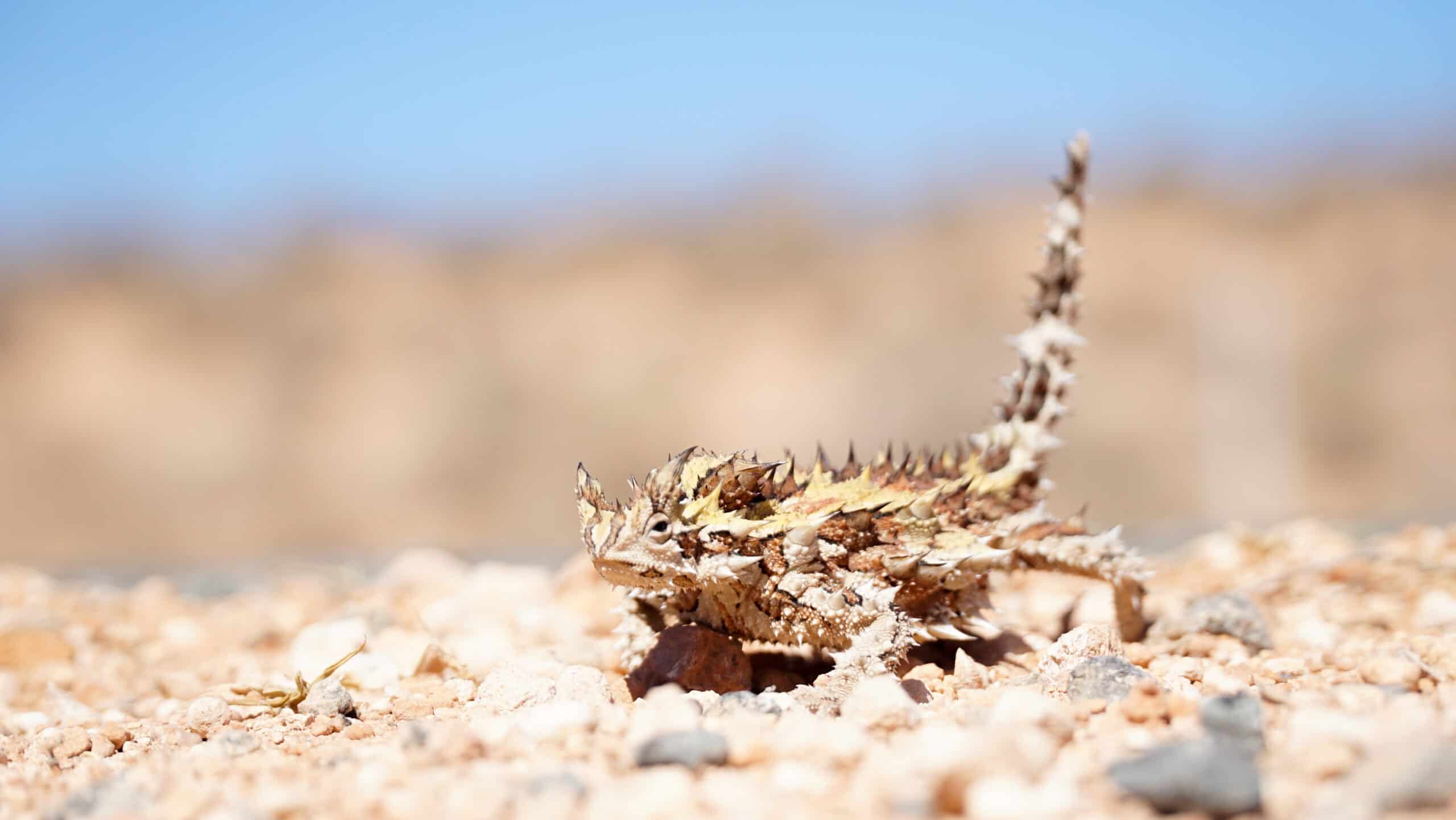
The Thorny Devil, native to the arid regions of Australia, is renowned for its spiky appearance and unique gait. Although not currently endangered, it is considered rare due to its specialized habitat requirements and limited range. This lizard’s thorny exterior serves as a defense mechanism against predators, and it feeds primarily on ants.
Chinese Crocodile Lizard (Shinisaurus crocodilurus)
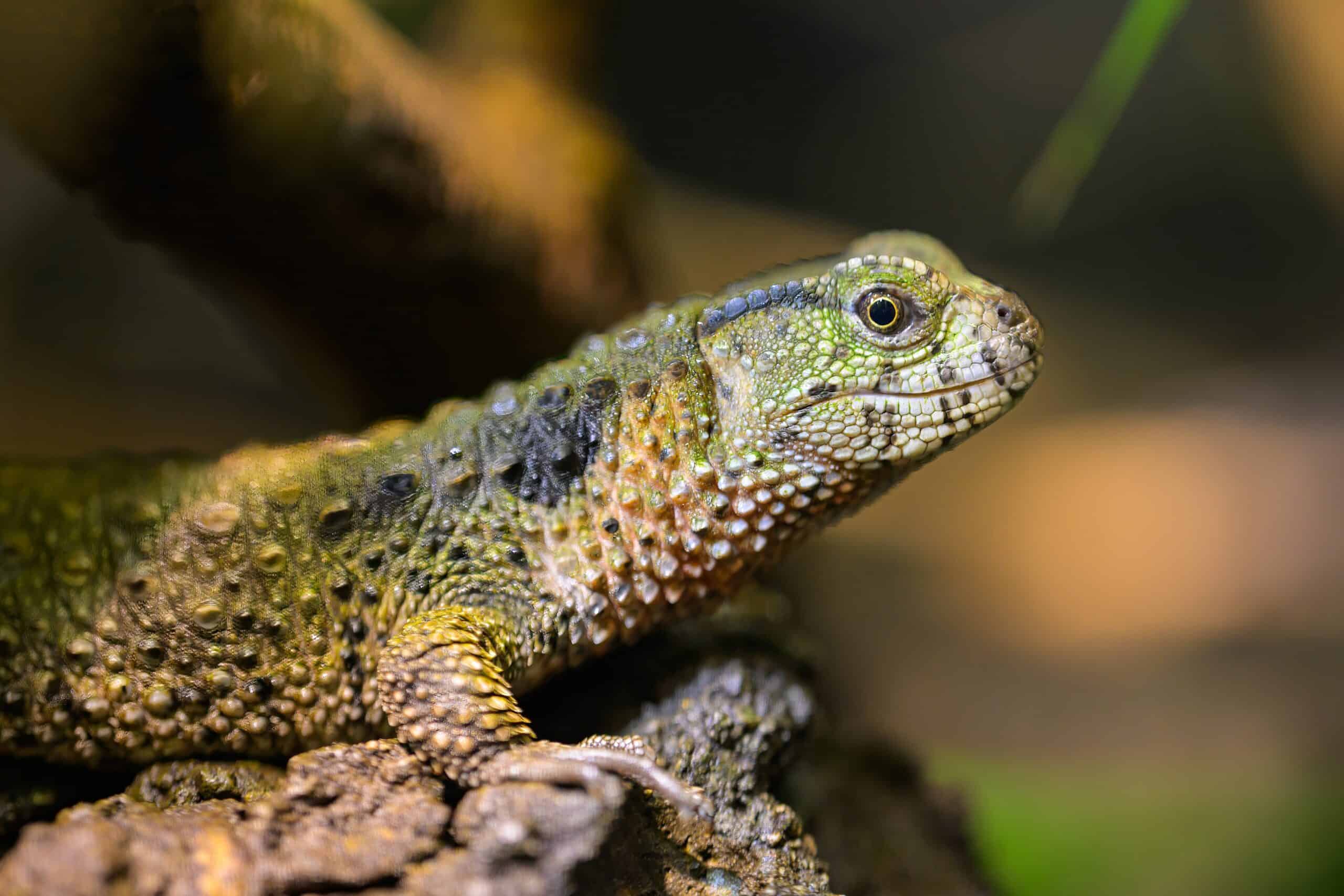
This semi-aquatic lizard, native to the mountainous regions of southern China and northern Vietnam, is distinguished by its crocodile-like appearance. The Chinese Crocodile Lizard is critically endangered, with fewer than 1,000 individuals left in the wild. Habitat destruction and illegal collection for the pet trade are significant threats to its survival.
Blue Spiny Lizard (Sceloporus serrifer cyanogenys)

Found in the forests of Guatemala and southern Mexico, the Blue Spiny Lizard is noted for its vibrant blue coloration. This arboreal lizard faces threats from habitat loss and deforestation. While not critically endangered, its population is declining, making it one of the rarer lizards in its native range.
Anegada Island Iguana (Cyclura pinguis)
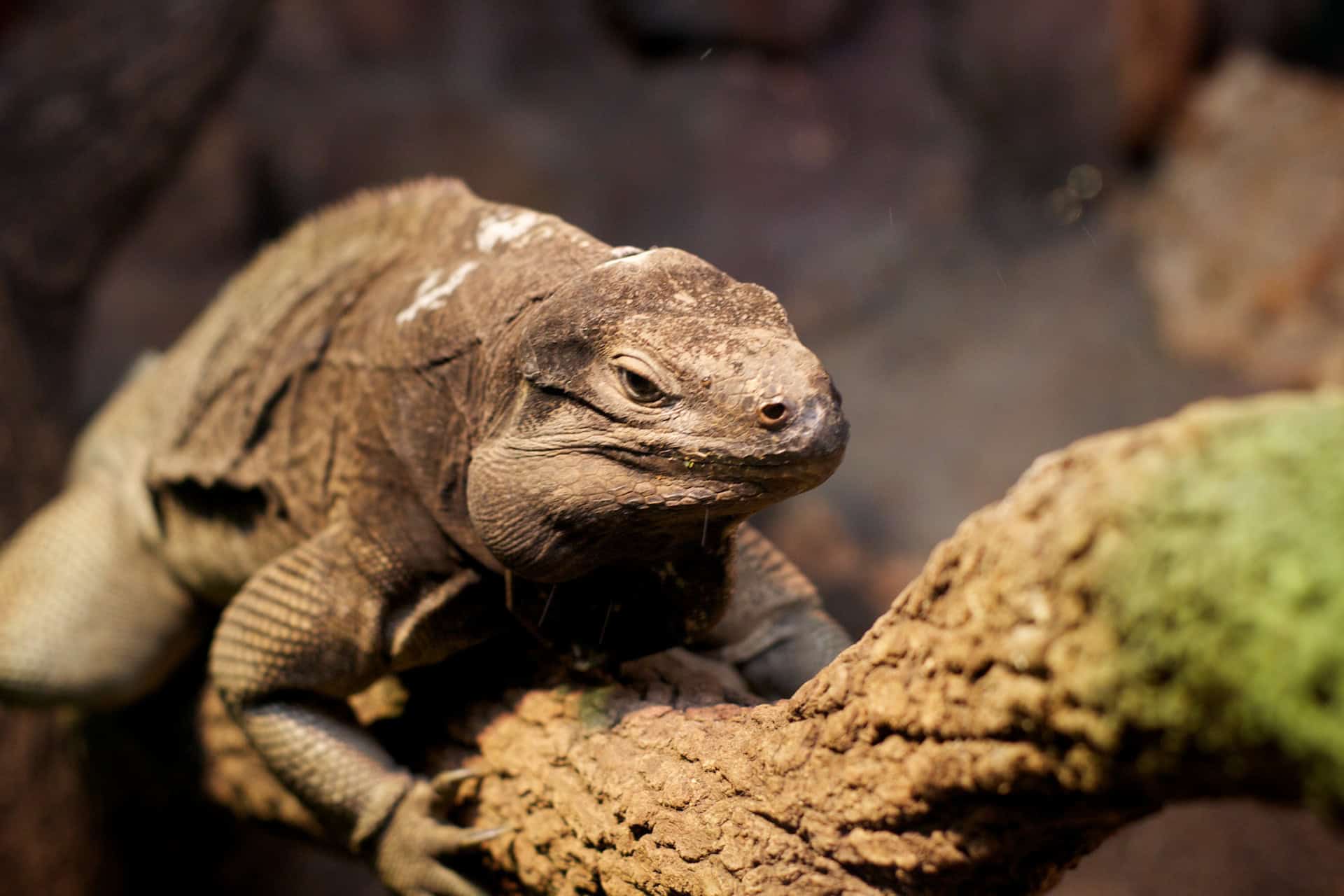
The Anegada Island Iguana, native to the British Virgin Islands, is critically endangered with an estimated population of fewer than 300 individuals. This herbivorous lizard is threatened by habitat loss and predation by feral animals. Conservation programs, including captive breeding and habitat restoration, aim to increase its population.
Gila Monster (Heloderma suspectum)
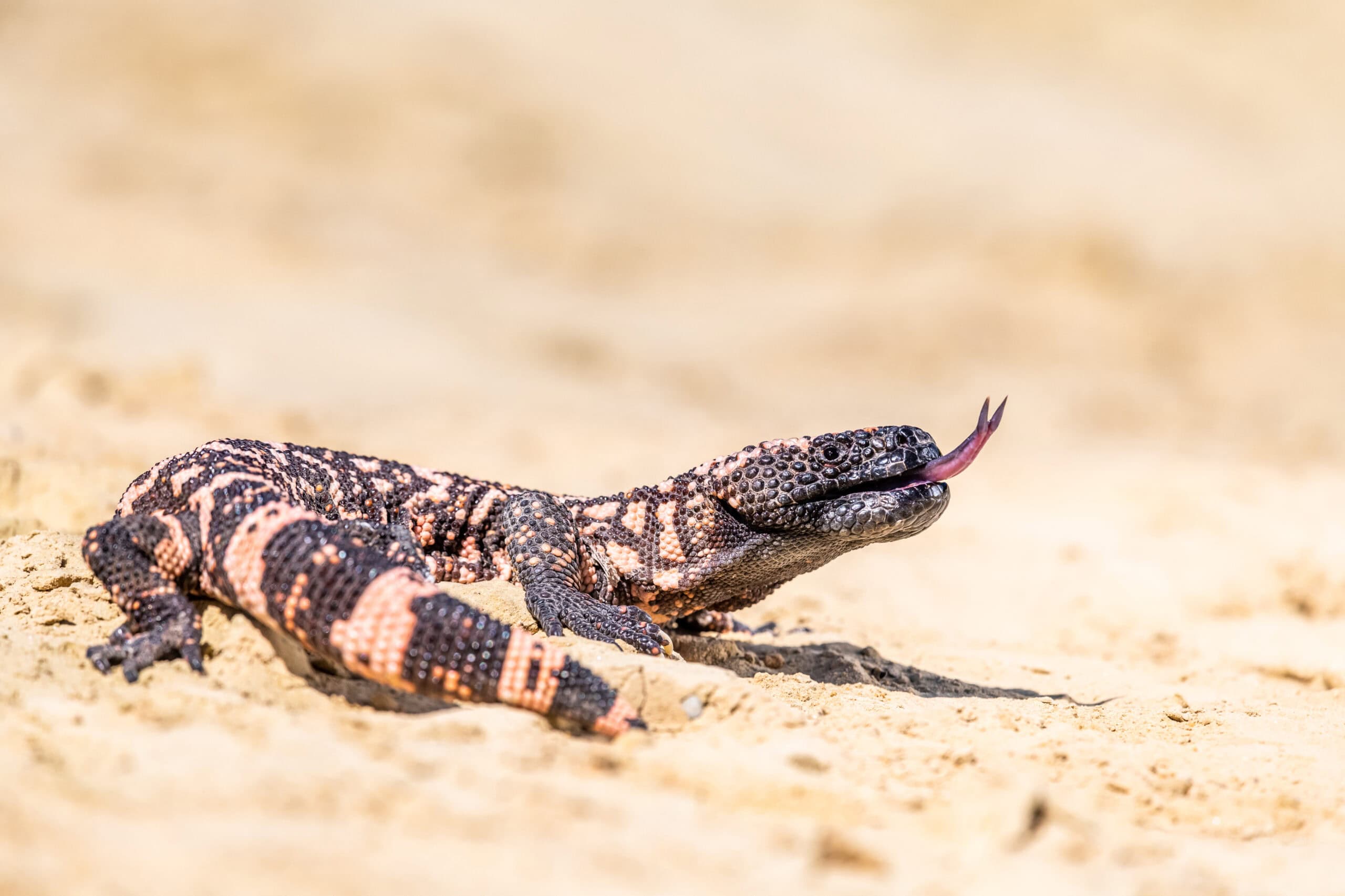
The Gila Monster, native to the southwestern United States and northern Mexico, is one of the few venomous lizards in the world. Its striking black and orange coloration and sluggish behavior make it a unique species. Although not currently endangered, it is considered rare due to habitat destruction and human encroachment.
Leaf-Tailed Gecko (Uroplatus spp.)
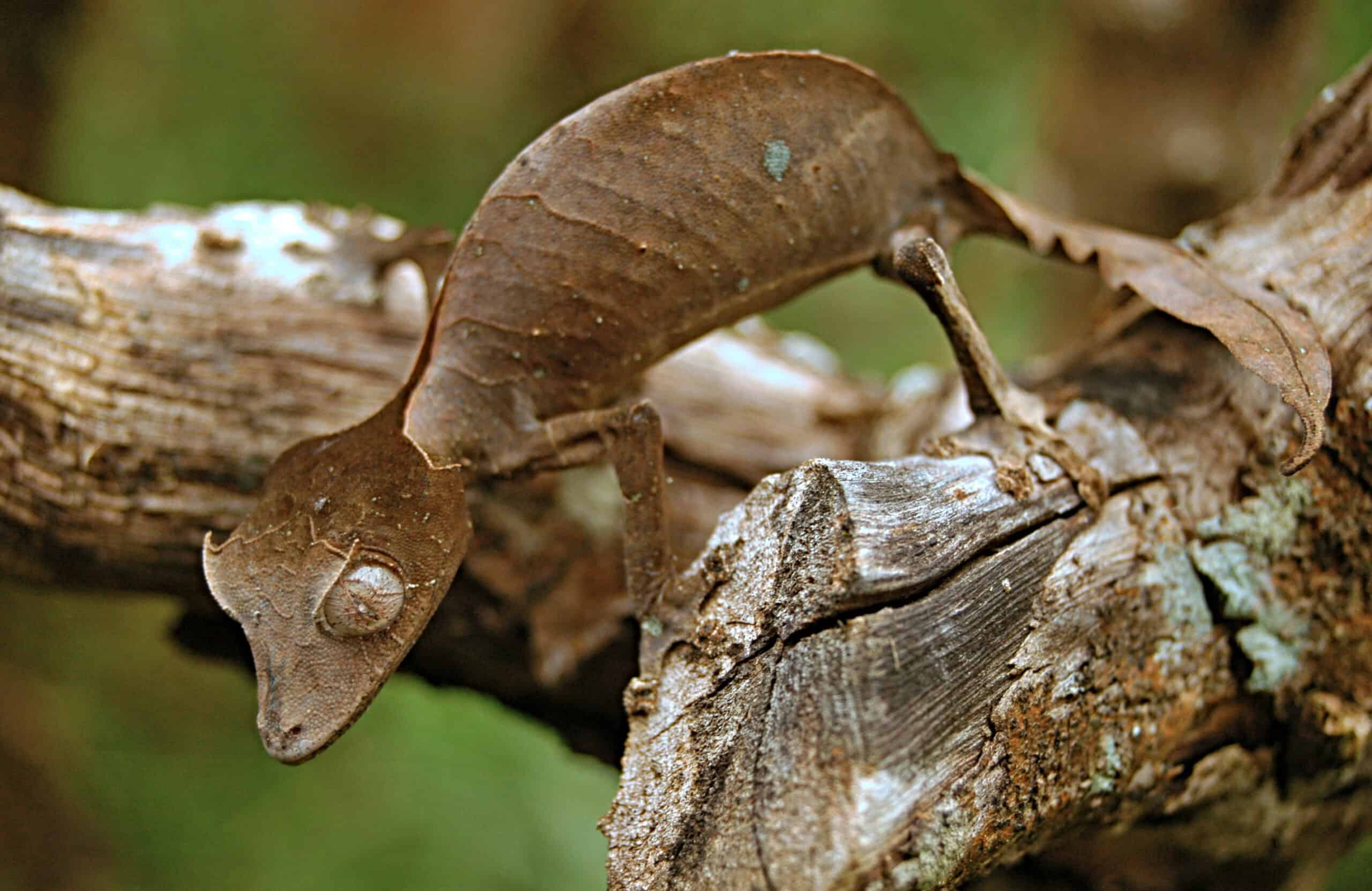
Native to Madagascar, the Leaf-Tailed Gecko is renowned for its exceptional camouflage, which allows it to blend seamlessly with its surroundings. Several species of leaf-tailed geckos are critically endangered due to habitat loss and the illegal pet trade. Conservation efforts are focused on protecting their forest habitats and reducing illegal collection.
Pinocchio Lizard (Anolis proboscis)

Named for its elongated, protruding snout, the Pinocchio Lizard is found in the cloud forests of Ecuador. It was thought to be extinct until its rediscovery in 2005. This lizard is considered rare due to its limited range and ongoing habitat destruction. Efforts are underway to protect its remaining habitat and study its ecology.
Emerald Tree Monitor (Varanus prasinus)
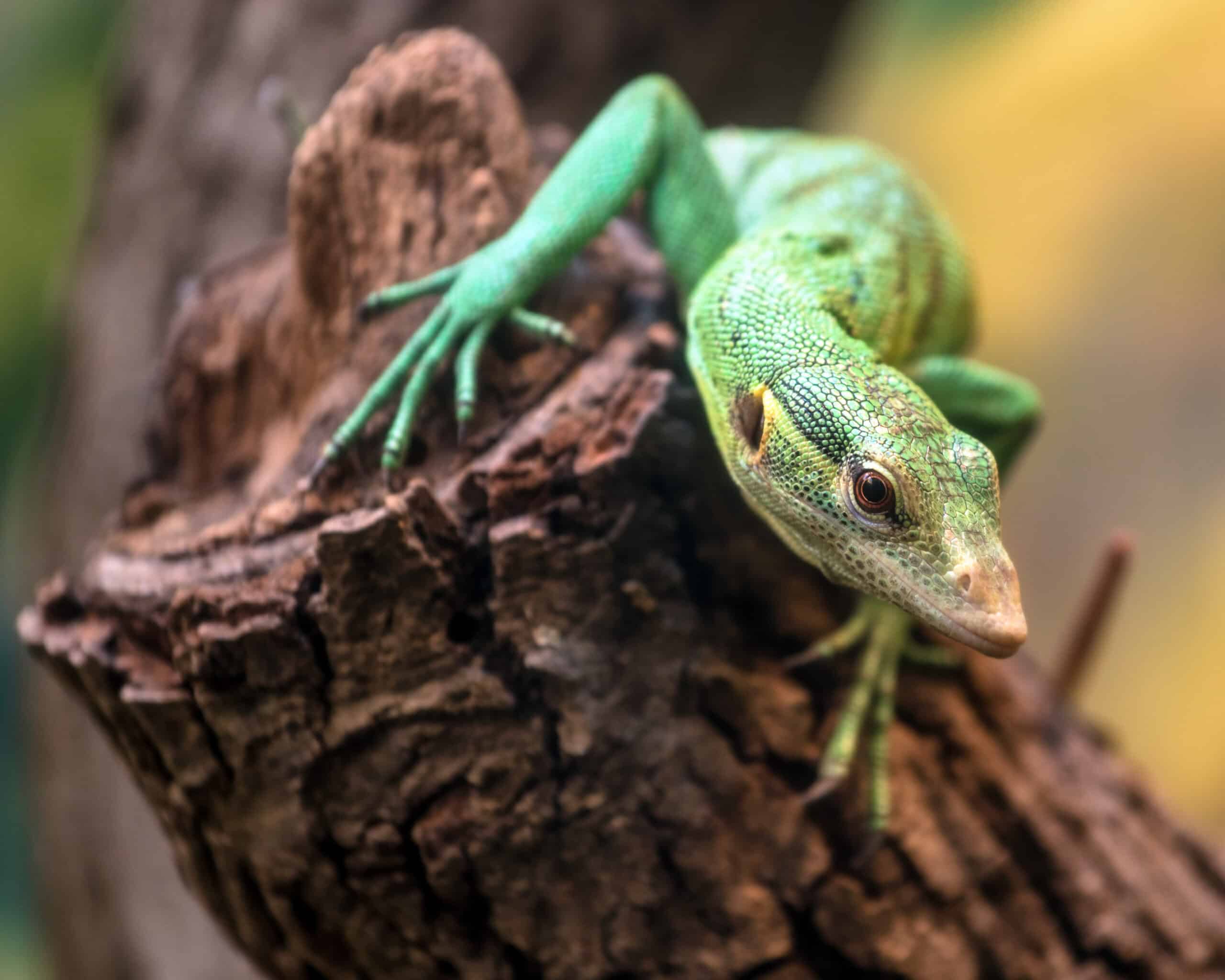
Found in the rainforests of New Guinea, the Emerald Tree Monitor is known for its striking green coloration and arboreal lifestyle. This species is considered rare due to habitat loss and hunting for the pet trade. Conservation initiatives focus on habitat protection and raising awareness about the species’ plight.
Yellow-Spotted Monitor (Varanus panoptes)

The Yellow-Spotted Monitor, native to northern Australia and New Guinea, is known for its distinctive yellow spots and robust build. While not critically endangered, it is considered rare due to habitat fragmentation and human activities. Conservation efforts are focused on habitat preservation and mitigating human-wildlife conflicts.
This article originally appeared on Rarest.org
More from Rarest.org
15 Most Expensive Diamond Colors in the World

Diamonds, the epitome of luxury and desirability, come in a spectrum of colors, each with its own unique allure and price tag. Read More
10 Rarest Crystals in the World
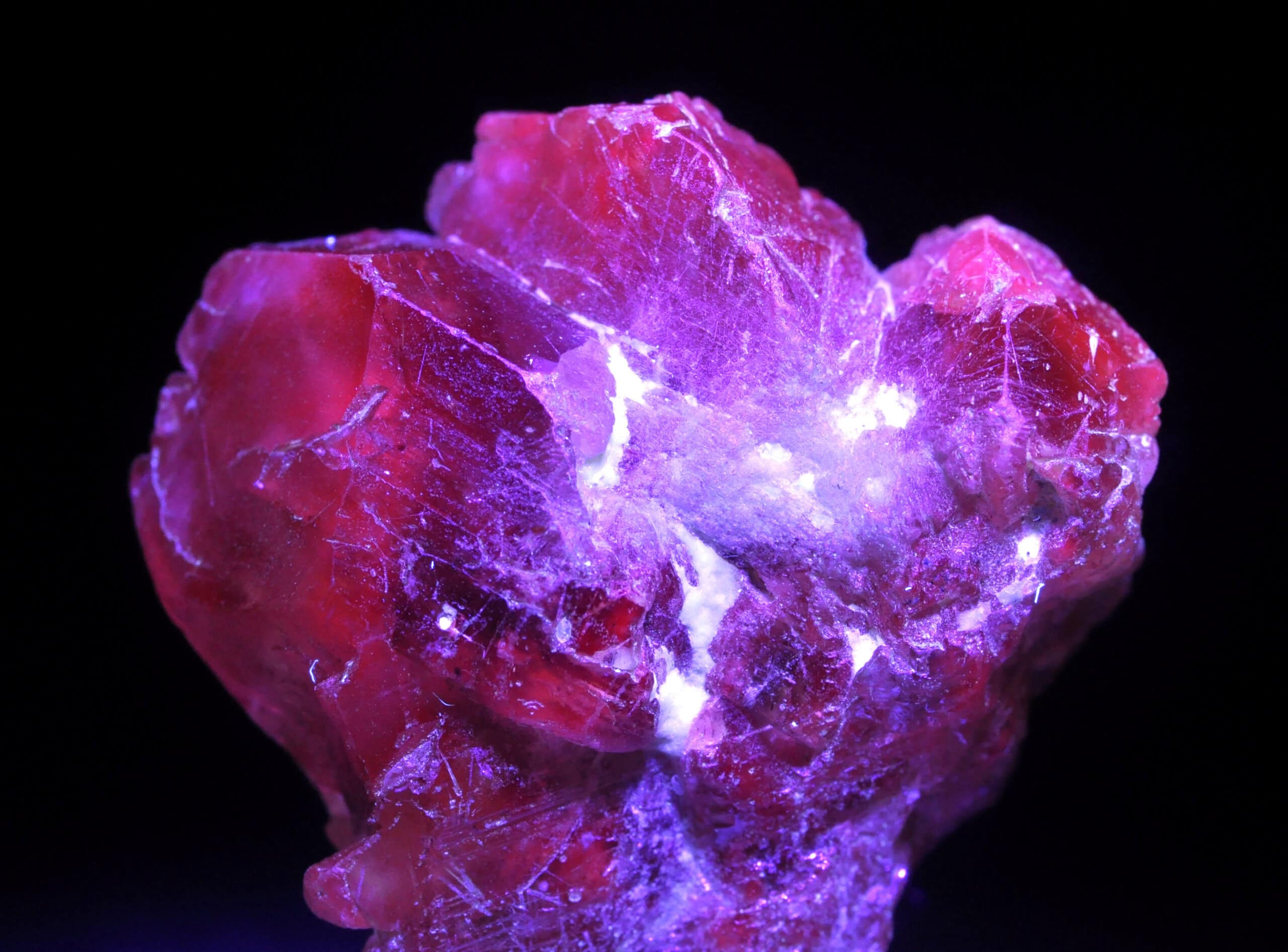
Crystals are some of the most widely collected items in the world because of their beauty. In recent years, crystal collecting has also increased in popularity because of the rise of alternative medicine. Read More
1960 Lincoln Penny Value Guide
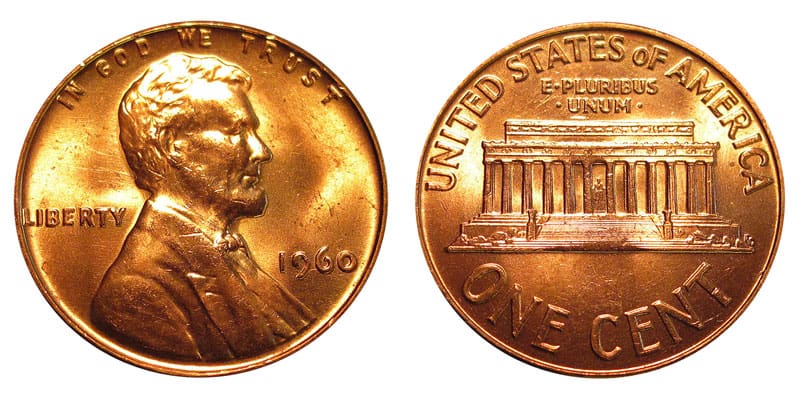
The 1960 penny is a 1-cent coin produced by the US Mint in 1960. As a 60-plus-year-old coin, the 1960 penny is quite popular among collectors. Read More
